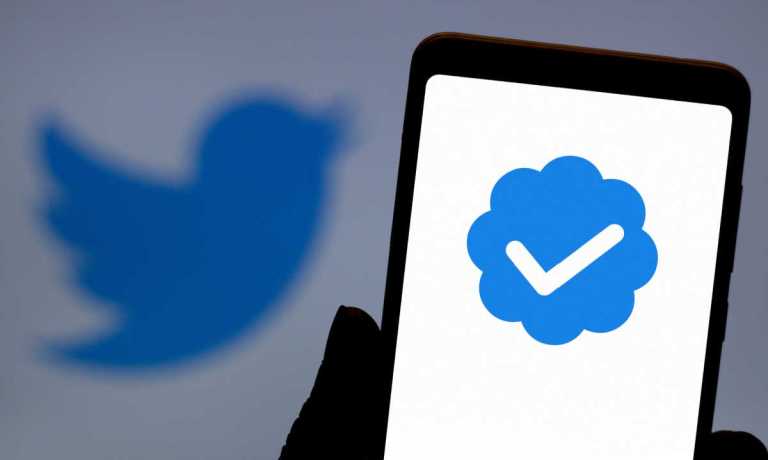Musk Says Payments Will Be Part of ‘Twitter 2.0’

Twitter CEO Elon Musk said his company will make a second attempt next week at launching a verification service, following a botched launch that saw a number of users impersonating celebrities and companies.
Musk mentioned the new color-coded verification system Saturday (Nov. 26) in a company meeting, slides from which he shared on the platform. The presentation also included a vision of “Twitter 2.0″ that includes things like “advertising as entertainment,” long-form tweets, encrypted direct messages, and a blank side labeled “payments.”
Slides from my Twitter company talk pic.twitter.com/8LLXrwylta
— Elon Musk (@elonmusk) November 27, 2022
According to Musk, the new verified color categories include companies (gold), blue (celebrities and other individuals), and gray (governments).
The blue checkmark verification system at Twitter was once the domain of well-known people. When Musk took over the company in October, it became something anyone who paid for subscription services could access.
That led to a rise in fake accounts, with people pretending to be companies like Nestle, Lockheed Martin, and drugmaker Eli Lilly, who “announced” it was making insulin free.
Musk had initially said its Twitter Blue subscription service would likely return by Nov. 18, but now said it will come back Dec. 2.
This month also saw Twitter file paperwork with the Financial Crimes Enforcement Network (FinCEN) to begin registering to process payments. Businesses are required to register with FinCEN to conduct money transfers, exchange currency or cash checks.
As we’ve noted before, there’s widespread agreement that Musk wants to make Twitter into an all-in-one super app that handles payments. After all, he was a co-founder of PayPal and knows the payments business well, and has based his vision of a super app on China’s WeChat, which does everything from social media, chat and video messaging to banking and payments.
While digital wallets like Apple Pay and Google Pay have had trouble finding traction in the U.S., Musk has argued WeChat is something on which Chinese consumers essentially live their lives.